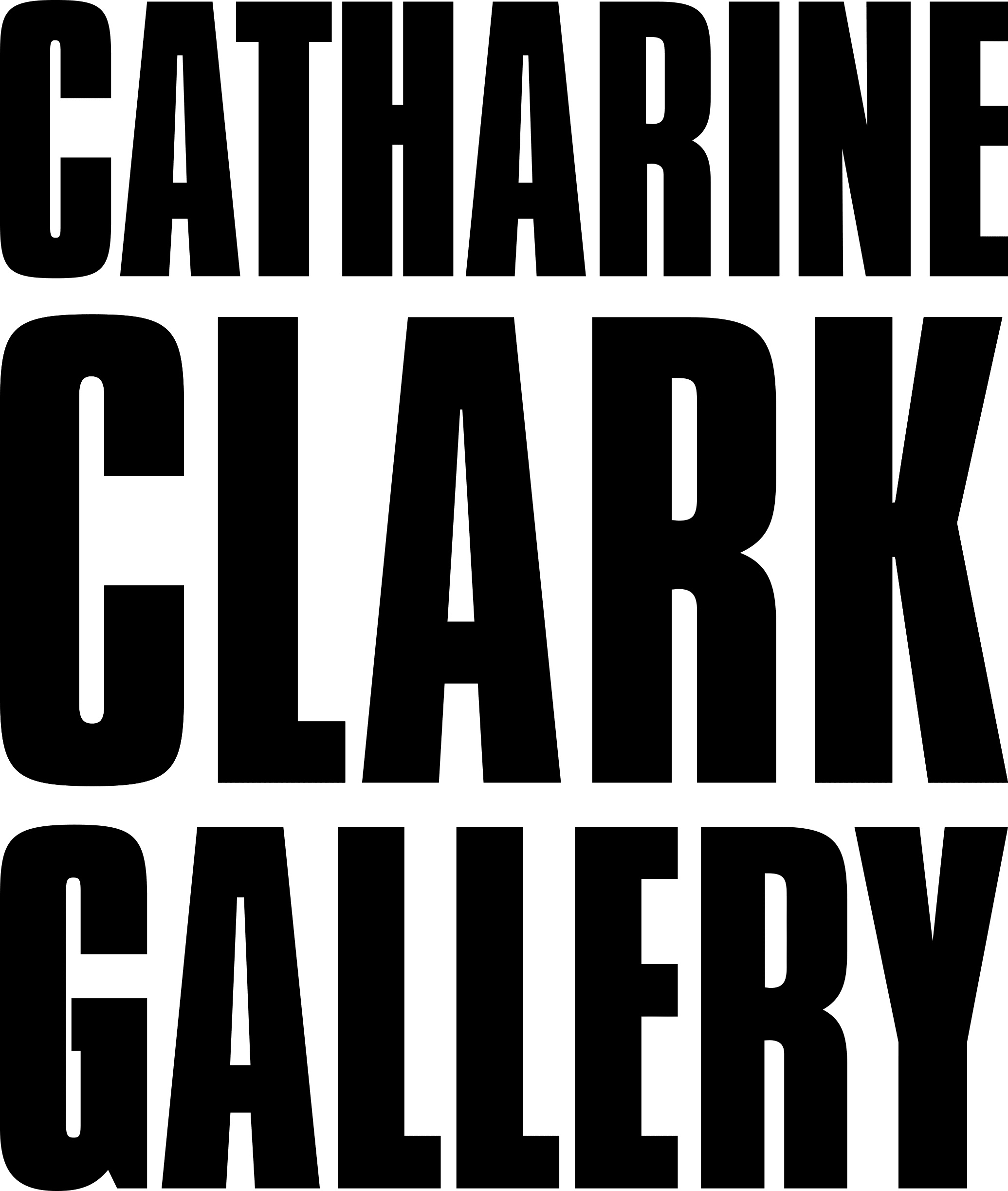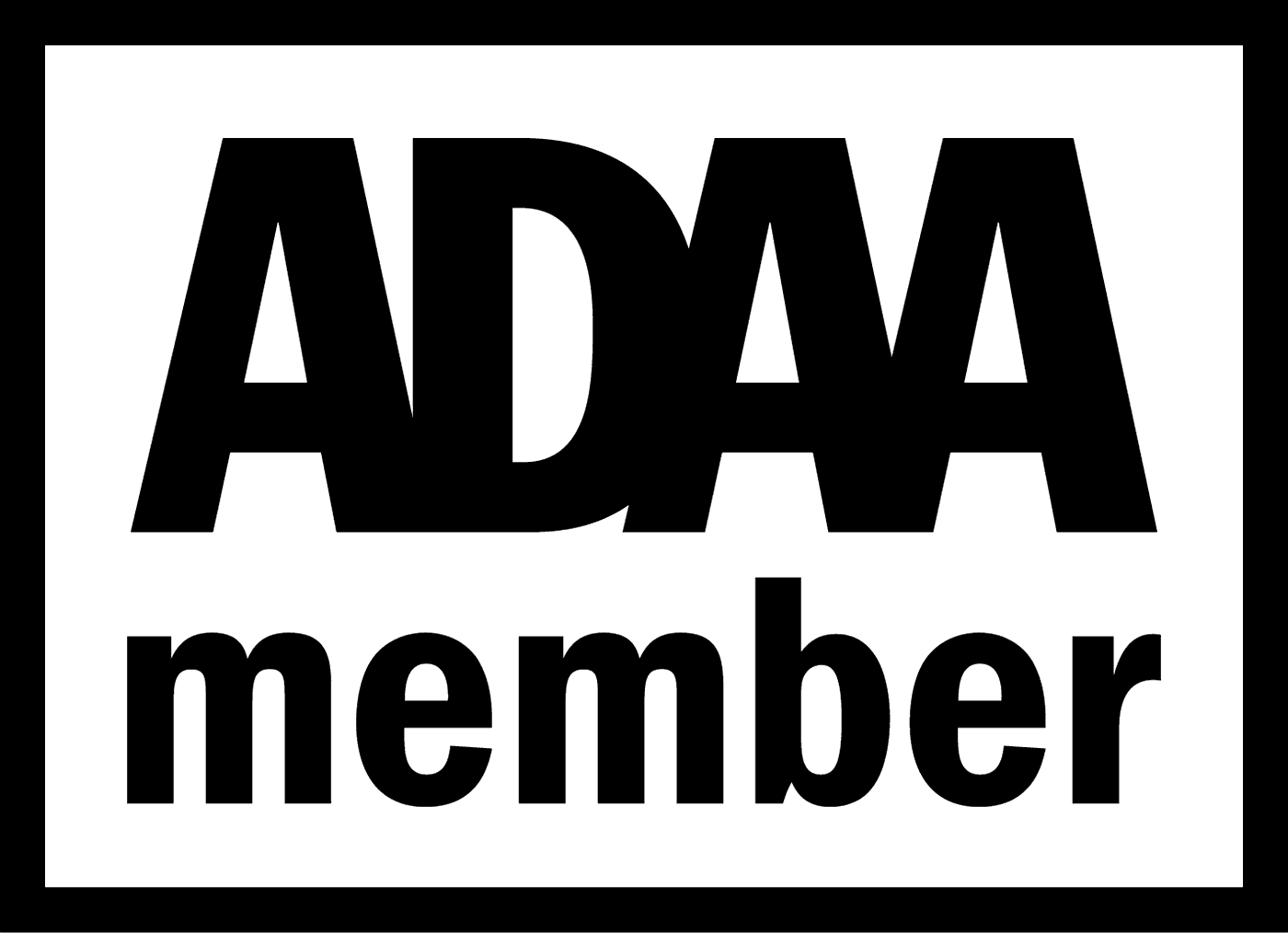Text and photographs by Stephanie Syjuco. Stephanie is the recipient of the Insights-Parallax Feature Grant. This piece is cross published on Insights Issue Two.
My recent work focuses on the problematic construction of American history and how photography informs deeply biased structures foregrounding whiteness as a normative subject. Borrowing from the visual language of photography, anthropology, and museum archives, I examine how these disciplines go hand-in-hand with producing and proliferating images and documents of exclusion, generating a skewed collection that mirrors an American imagination built on white supremacy, ethnographic record, and cultural Othering. I do not make work about Filipino identity, I make work about the white gaze, and those are two totally different things.
Over the past four years I’ve used national archives and collections as visual source material for an investigation into the presence (or non-presence) of Filipinx Americans in these spaces. It’s a simple query: where are we, and what do we look like within these American archives? Where are we not? Where are we – accidentally? Where should we be? Searching through an archive’s documents and photographs to “find” evidence of one’s cultural lineage and existence, it becomes clear that the archive is not built for us — its American colonial subjects. And when the archive is about us, it shows a frightening lack of clarity. If we were to take these archives as extensions of the American imagination, then that imagination is full of blind spots, holes, and fragments. We are seen, posed, and framed on the margins.
For a project at the Contemporary Art Museum in St. Louis in 2019, I spent weeks investigating archives at the Missouri Historical Society and the St. Louis Public Library in order to view the ethnographic photographs produced from the 1904 St. Louis World’s Fair. Heralded at the time as a marvel of American progress and abundance, the Fair also featured the notorious Philippine Village – a type of ethnographic “human zoo” that actively displayed over 1200 imported Filipinos in an unfaithful recreation of ritual and tribal spectacle. This functioned to “educate” the American public on their new colonial subjects, as the Philippines had become a US colony in 1898, and would remain under American rule for almost a half century. The overwhelming amount of demeaning and racist imagery produced just at the Fair circulated and became the most widely known representations of Filipinos in the American archive. These pictures are everywhere, and are not countered. They travel through time and keep on giving over a hundred years later.
Now picture this: Two brown-skinned hands come together to cover a small grainy black and white photograph in such a way to block out most of a scene. Around these hands we can make out parts of the people they are covering: a group of dark-skinned men in “tribal” costume, their bare legs and feet standing next to spears, as if posed for a picture. Their faces and identifying features, however, are covered by the hands — my hands—as if to keep them anonymous and protected from a public that had put them on display. It’s a curious re-photo that shows and doesn’t show at the same time. It withholds and denies, and attempts to frustrate the viewer in the act of looking. It’s one of many, many similar instances in which I physically used my hands to cover and edit the images of Filipinos put on display at the Fair. I sat in the archives and systematically intervened in their pictorial delivery system. The final work of covered photographs is called “Block Out the Sun,” and was my way of “talking back” to the dehumanization of this archive.
Not long after, I was deep in the Archives Center at the Smithsonian National Museum of American History, having received a Smithsonian Artist Research Fellowship to do a month of study, again looking for evidence of Filipinos in a national archive. Again, I wasn’t interested in a heritage study, where I would find cultural connection with my “identity”. I was attempting the opposite, which was to see how the empire sees “us”. Search after search turned up fragments, bits, and incomplete evidence, as if the only way we could make it in was through ethnographic photo, war document, or accidental inclusion. At one point I found so few records outside of these spheres that I started typing in peripheral terms like “Oriental” (yes, there is an archive folder labeled that) and misspelled versions of “Philippines” and “Filipino” into the search engines. Anything to get a different hit. As my frustrations grew, the field of searches grew, the search terms getting wilder and more abstract in order to find something.
The searches took me into the business records of the Duncan Yo-Yo Company, which weirdly enough had one of the largest collections of images of Filipinos, men who had been brought over in the 1920s and 30s as traveling salesmen to hawk yo-yos to the general public. In the Anthropology archives I found a labeled file of photographs of Filipino Tasaday tribespeople mixed in with a South American Amazonian tribe, which had somehow accidentally migrated in and become one and the same in the eyes of the archivists. There, I also found an image of Philippine National hero Jose Rizal labeled simply with the generic term “Man” and in handwriting on the side a quizzical “Philippines”? The hard truth was that the empire, despite owning us for half a century, still did not recognize us. The colonial legacy of the ethnographic image was still the primary lens, along with mislabeled files, untagged records, dead ends, and fragments. What do you do with erasure, disintegration, and obfuscation? How can we re envision, assert, and insert ourselves when left out of the original national narrative?





